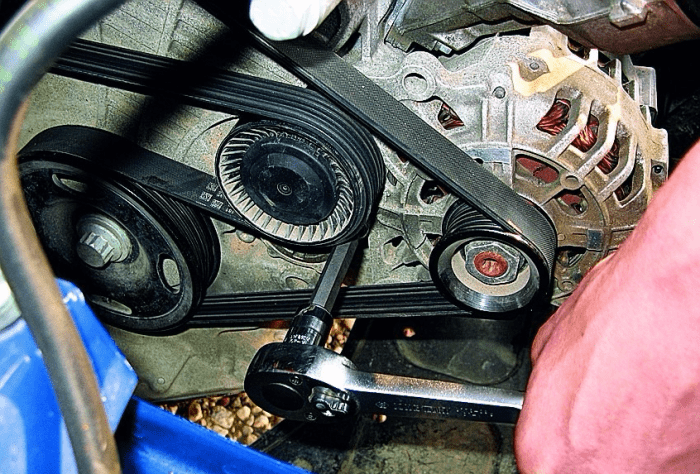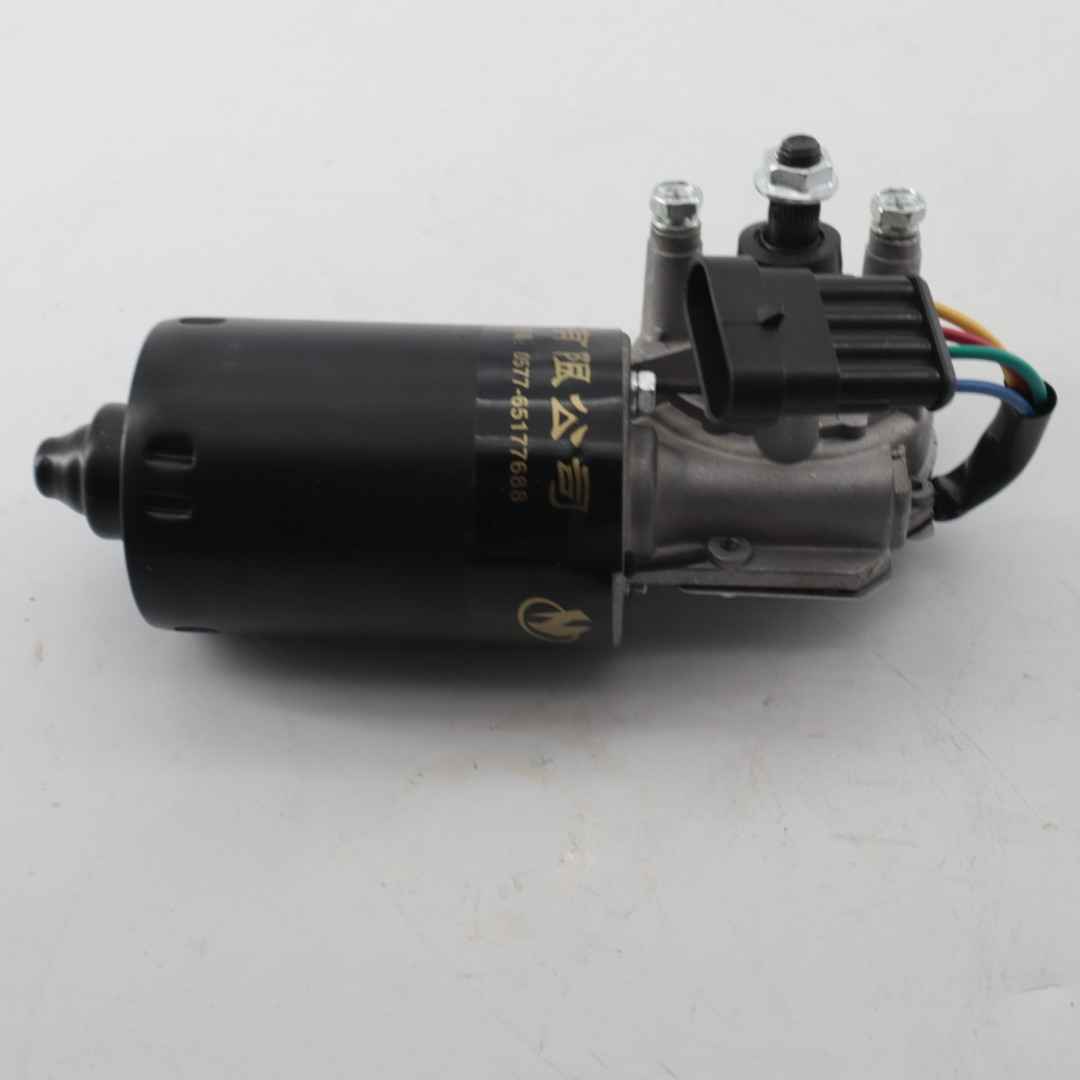
Symptoms of a Faulty or Faulty Cruise Control Vacuum Switch
Content
Common symptoms include cruise control disengaging by itself or not disengaging when the pedal is depressed, as well as hissing coming from the dashboard.
The cruise control feature is an optional feature found on many road vehicles. When activated, it will automatically maintain the set vehicle speed and acceleration without the driver having to press the accelerator pedal. This improves fuel efficiency and also reduces driver fatigue. The cruise control system is equipped with several back-up switches that deactivate the system when activated to prevent the vehicle from accelerating so that the driver can safely apply the brakes and change gears.
One such redundant switch is the cruise control vacuum switch. Some cruise control systems use a vacuum servo to maintain a constant vehicle speed. The switch is installed on the brake pedal and is activated when the pedal is depressed. When the switch is actuated, the vacuum is released from this servo, releasing the throttle so the car can decelerate safely. Since the vacuum switch is controlled by the brake pedal, one of the most important pedals in driving a vehicle, it is an essential switch for the correct operation of the cruise control system and any problems with it should be corrected.
1. Cruise control does not turn off when you press the pedal
The most common symptom of a problem with a cruise control vacuum switch is that the cruise control system does not disengage when the brake pedal is pressed. The switch is located at the base of the pedal and disables the cruise control system when the brake pedal is depressed so that the driver does not have to brake when the engine is accelerating. If depressing the pedal does not turn off the cruise control system, this may be a sign of a bad switch.
2. Cruise control intermittently turns off by itself
Another sign of a potential problem with the cruise control vacuum switch is the intermittent shutdown of the cruise control system without depressing the brake pedal. If the cruise control system intermittently shuts itself off, this could be a sign that the switch may have an internal or wiring problem that could cause the switch to operate even if the pedal is not depressed.
3. Hissing sound from under the dashboard.
Another sign of a possible problem with the cruise control vacuum switch is a hissing sound coming from under the dash. In some vehicles, the vacuum is routed directly to a switch on the pedals under the dash. If the switch or any of the hoses were to break, it could cause a vacuum leak that would adversely affect the operation of the cruise control system.
For vehicles equipped with them, the cruise control vacuum switch is an important component of the cruise control system. This allows the driver to instantly deactivate the cruise control system when they are about to slow down and is essential to the ease of use and operation of the cruise control system. For this reason, if you suspect that there may be problems with your cruise control system, take the car to a professional specialist, for example, one of AvtoTachki, for inspection. They will be able to determine if your vehicle needs a cruise control vacuum switch replacement.

